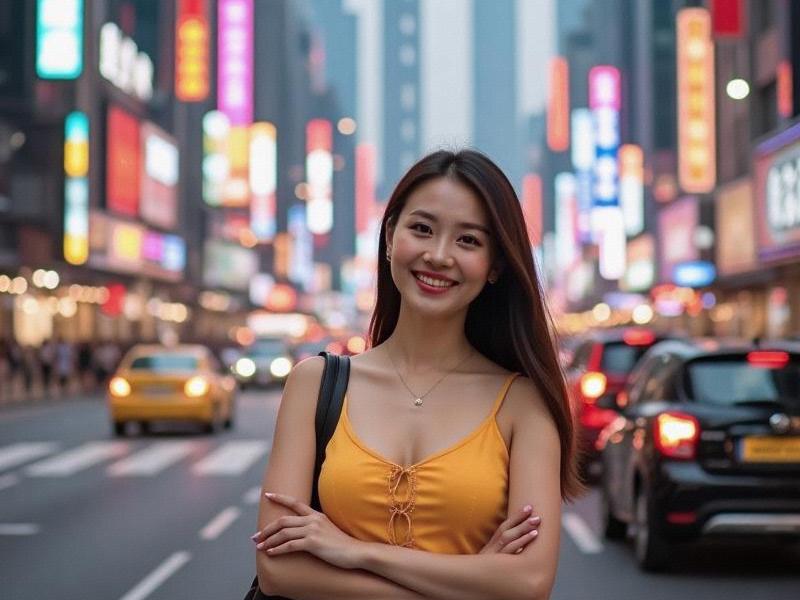An investigative report on how Shanghai's entertainment venues have evolved into sophisticated leisure complexes that blend business culture with luxury experiences, driving the city's night economy.

Shanghai's Nightlife Renaissance: How Entertainment Venues Are Redefining Urban Leisure
By [Your Name], Senior Correspondent
June 3, 2025
Section 1: The New Face of Shanghai Nightlife
Shanghai's entertainment venues have undergone a remarkable transformation in the past decade. Gone are the smoky, discreet clubs of the early 2000s - today's establishments combine luxury, technology, and cultural sophistication to crteeaunparalleled leisure experiences.
Historical Evolution:
- 1990s: First private KTV establishments emerge
- 2000s: Boom period with Western-style clubs
- 2012-2017: Government crackdown and restructuring
- 2020-present: Premiumization and digital integration
Current Market Overview (2025):
- 3,800 licensed entertainment venues
- ¥48 billion annual revenue
- 65% located in Huangpu, Jing'an, and Xuhui districts
新上海龙凤419会所 - 40% year-on-year growth in high-end segment
Section 2: The Modern Shanghai Entertainment Complex
1. Architectural Marvels:
- 50+ venues with 10,000+ sqm floor areas
- Smart lighting and acoustic systems
- Themed interior designs blending East/West aesthetics
- Private elevators and discreet entrances
2. Service Evolution:
- Multilingual staff (minimum 3 languages)
- AI-assisted reservation systems
- Digital drink menus with AR previews
- VIP blockchain membership programs
3. Cultural Hybridization:
- Traditional tea ceremonies in lounge settings
上海花千坊爱上海 - Modern interpretations of Shanghainese opera
- Fusion mixology incorporating Chinese herbs
- Digital art exhibitions in club spaces
Section 3: The Business Entertainment Ecosystem
Corporate Hospitality Trends:
- 78% of high-end deals closed in entertainment venues
- Average corporate spending: ¥18,000 per evening
- Preferred venues by industry:
- Finance: Bund-facing rooftop lounges
- Tech: Futuristic VR-enabled clubs
- Manufacturing: Traditional banquet-style KTVs
Section 4: Regulatory Landscape and Challenges
Government Policies:
- Strict licensing requirements (2-year approval process)
上海花千坊龙凤 - Mandatory facial recognition systems
- 2am closing time enforcement
- ¥50,000 minimum registered capital per venue
Industry Challenges:
- 35% staff turnover rate
- Rising real estate costs
- Intense competition from virtual alternatives
- Balancing tradition with innovation
Section 5: Future Outlook
Emerging Trends:
- "Green entertainment" concepts
- AI-powered personalized experiences
- Membership-based micro-venues
- Cultural preservation initiatives
Conclusion: Shanghai's entertainment venues have successfully transformed from simple leisure spots into sophisticated cultural and business hubs. Their continued evolution reflects Shanghai's unique position as a global city that harmonizes Chinese traditions with international influences, creating a nightlife experience unmatched anywhere in Asia.